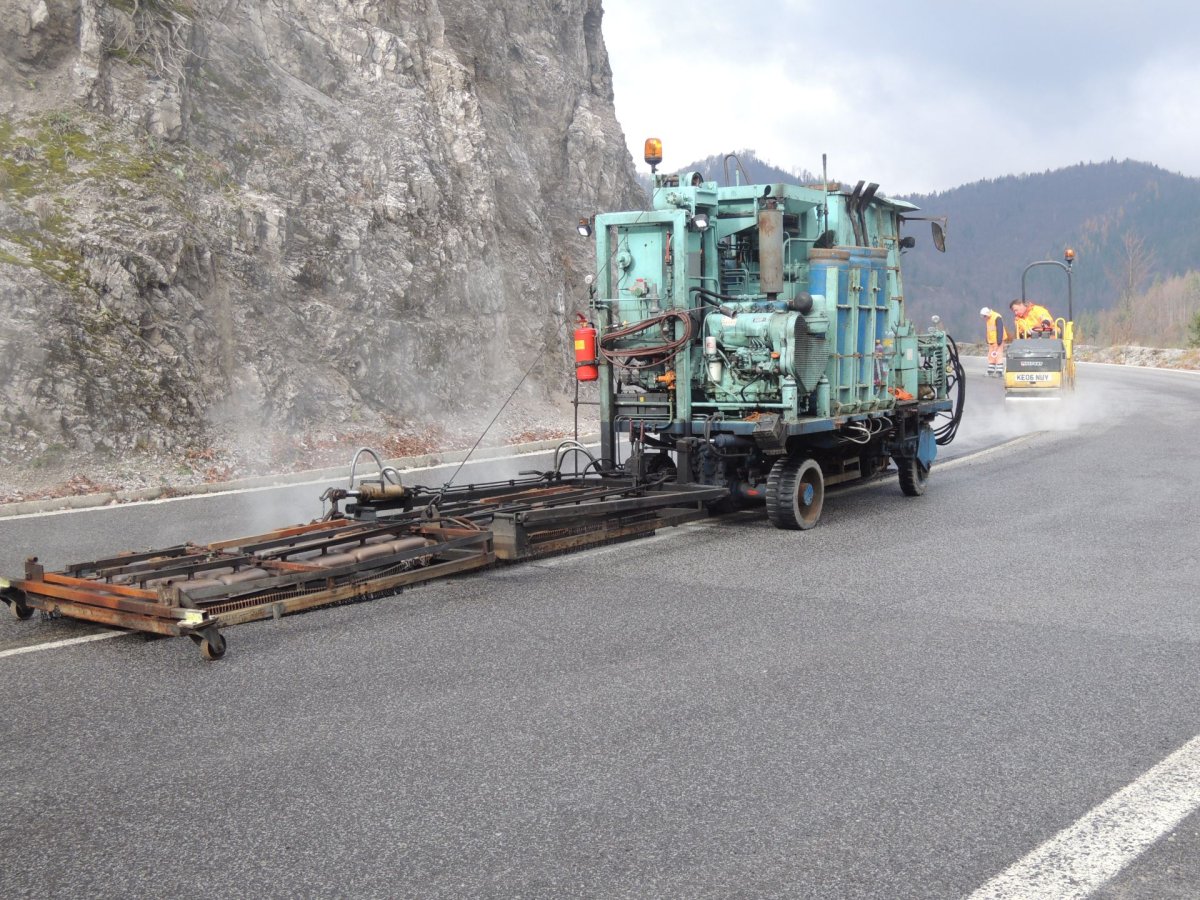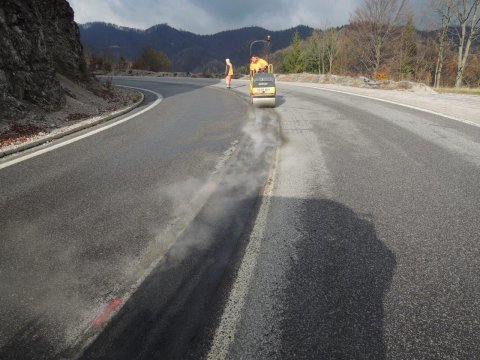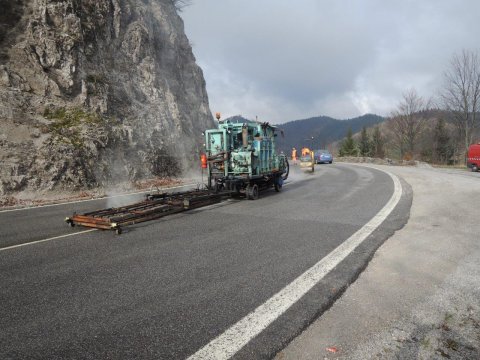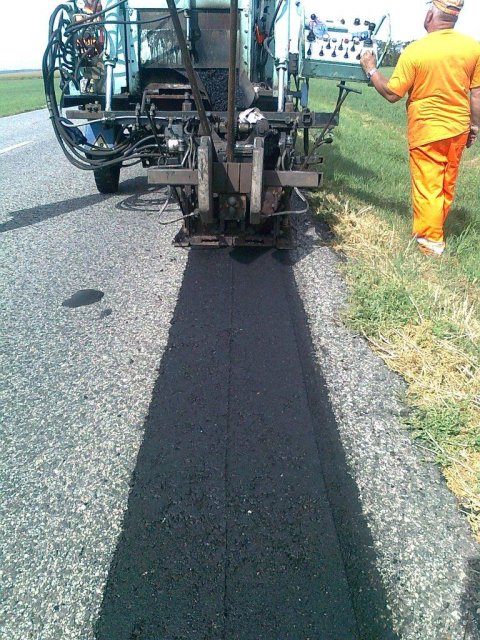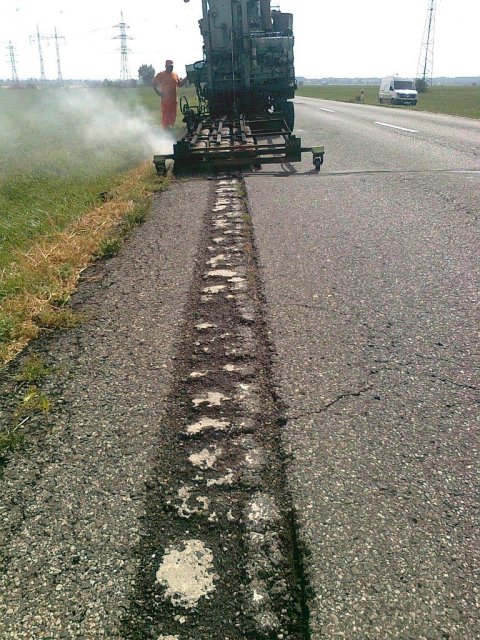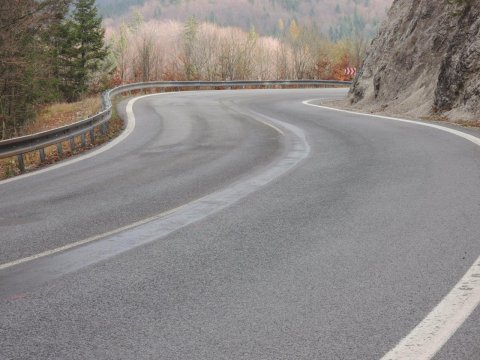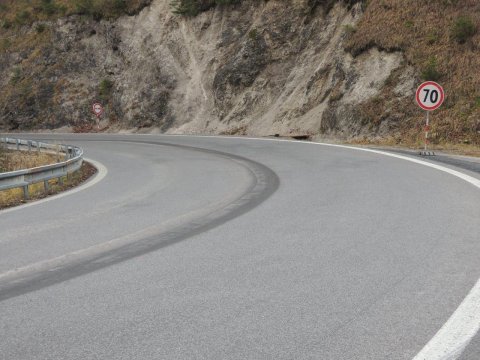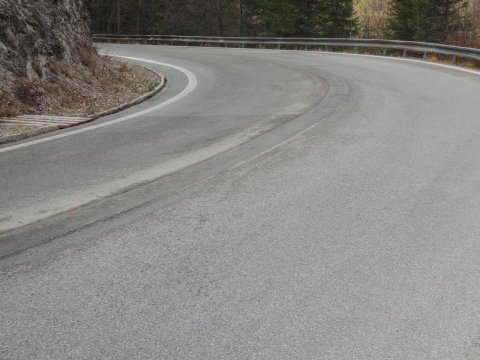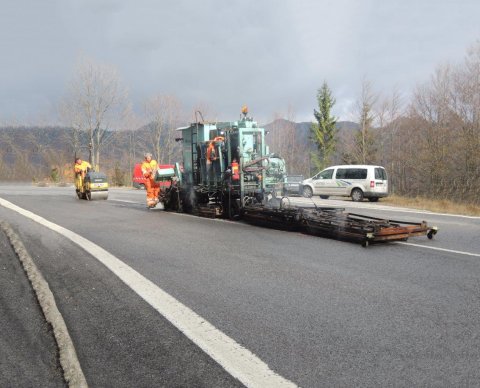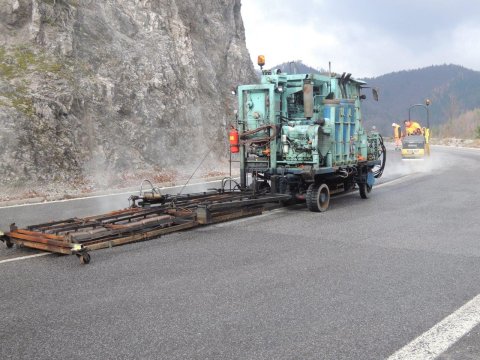TECHNOLOGY DESCRIPTION
The process of repair of cracks by hot recycling is used to repair longitudinal damage of the asphalt pavement, which prevents the penetration of water and dirt into the lower layers of the pavement, and thus the continuation of the degradation of the pavement. With this technology, 100% of the original pavement material is used and there is no waste. Longitudinal cracks and open work slots are a common occurrence on our roads (most often they occur at the junctions of traffic lanes). If these damages are not removed in a timely manner, there is a gradual degradation of the wearing layer, the formation of potholes and a reduction in the life of the entire pavement. An appropriate and economically profitable repair of these damages is the application of hot recycling on site - Remix.
A remixer with a working width of 300 mm, 500 mm, 600 mm or 1000 mm is used to repair damage to the longitudinal and working blades, depending on the width of the damage. With hot recycling, the road is preheated by infrared heaters of the remixer to a depth of 60-70 mm, while the recycling itself is carried out at a depth of 30-40 mm. Pavement heating is done with propane-butane mixer heaters when hot recycling technology is applied. The heated layer is captured by the remixer and enriched by dosing bitumen and new rolled asphalt mixture. By gripping the already heated layer, the stone aggregate grains in the mixture are not damaged as in the case of conventional cold milling, therefore it is not necessary to adjust the granulometric curve by adding new stone aggregate. After that, the treated mixture is spread out and pre-charged with a remixer bar. The layer created in this way is finally compacted with a road roller. Longitudinal and transverse joints are heated with an overlap of 50-100 mm, which achieves a perfect joint without a working gap of both adjacent strips of the wear layer of the pavement, without the need to spray bitumen emulsion on the joints.

 Hrvatski
Hrvatski
 FREKOMOS CZ
FREKOMOS CZ
 FREKOMOS SK
FREKOMOS SK
